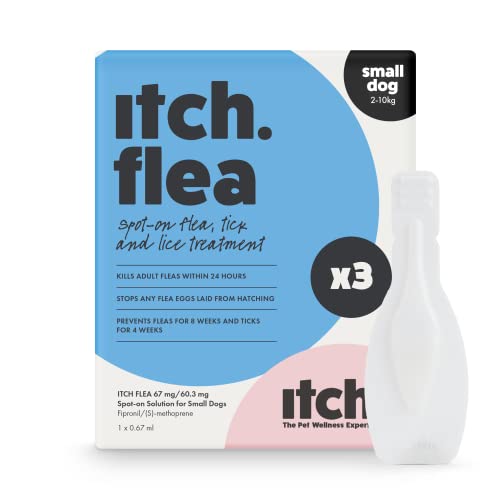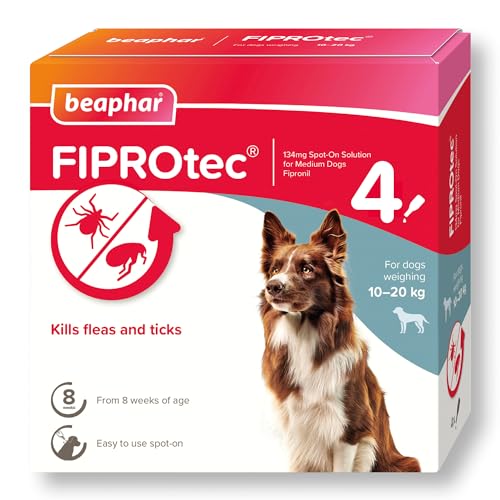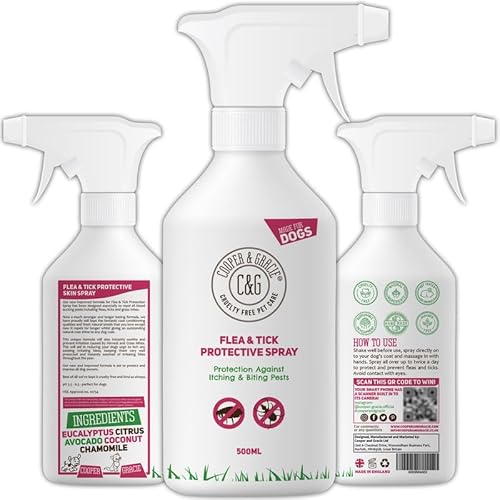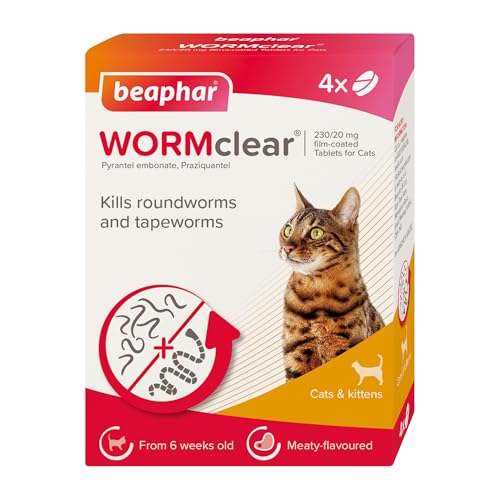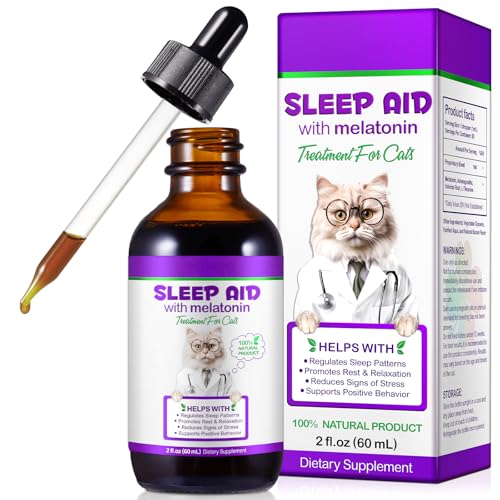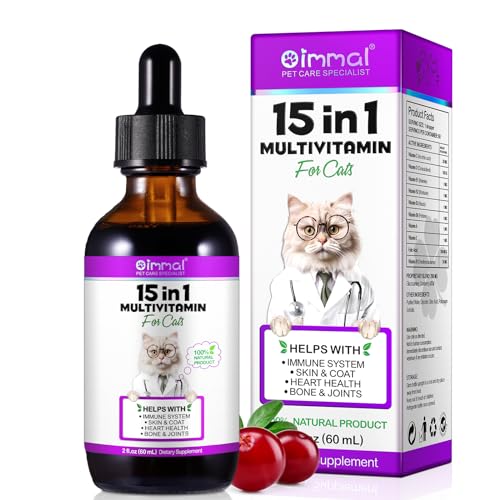Understanding Tick Prevention: Why It Matters for Our Dogs
The Dangers Posed by Ticks
Ticks are not just an annoyance; they can transmit serious diseases like Lyme disease and ehrlichiosis to our dogs. When a tick attaches itself to our pet, it can easily pass on harmful bacteria into their bloodstream. Understanding the potential health risks helps us recognise the importance of prevention. By keeping our dogs safe, we can prevent unnecessary trips to the vet and ensure our pets remain healthy and happy.
The Impact of Tick-Borne Diseases on Our Pets
Tick-borne diseases can have significant impacts on our dogs’ health. Symptoms may include lethargy, fever, joint pain, and even more severe complications if left untreated. Recognising these signs early is crucial, but even more important is to prevent these diseases before they occur. The cost of treatment can also add up quickly, making prevention not only a health matter but also an economic one.
Types of Tick Prevention Products: Options to Keep Our Pets Safe
Spot-On Treatments: Easy and Effective
Spot-on treatments are one of the most popular forms of tick prevention. Usually applied monthly, they come in small tubes and are squeezed onto the skin along the back of our dog’s neck. The active ingredients spread across the skin and are absorbed to provide long-lasting protection against ticks and fleas. With so many brands available, we can easily find one that suits our dog’s weight and age.
Oral Medications: A Convenient Alternative
Oral medications come in the form of chewable tablets or pills. These products are taken once a month and can provide protection against ticks as well as fleas. Many dogs find them palatable, making it a hassle-free option for pet owners. It’s essential to consult with our vet to choose the right product because the active ingredients can vary between brands.
Collars: Constant Protection
Flea and tick collars offer an alternative method of prevention. These collars release chemicals that repel and kill ticks. They provide continuous protection for several months and are easy to use. While they’re effective, we should ensure that the collar fits properly and is suitable for our dog’s size; it should not be too tight or too loose.
Natural Repellents: A Holistic Approach
For those looking for a more natural approach, various natural tick repellents are available. These often contain essential oils known to deter ticks, such as citronella and eucalyptus. While they may not be as effective as synthetic products, they can work well in lower-tick areas or combined with other prevention methods. Always ensure any natural product used is safe for our dogs.
Effective Strategies for Tick-Free Outdoor Adventures with Our Dogs
Choosing Safe Areas for Walks and Play
Before heading out for an adventure, we should choose walking paths or parks that are low in vegetation, as tall grass and bushy areas are prime locations for ticks. Opting for well-maintained trails can significantly reduce the risk of our dogs coming into contact with these pests.
Protective Clothing for Our Dogs
Consider using protective clothing designed for dogs when venturing into tick-heavy areas. Specially designed jackets or vests can deter ticks from latching on. This is especially useful for long-haired breeds, as ticks can hide in their fur. By dressing our dogs effectively, we add an extra layer of protection.
Post-Adventure Checks: A Must
After every outdoor excursion, inspecting our dogs for ticks is crucial. We can search through their fur, particularly around ears, necks, and between toes. Prompt removal of any ticks we find can prevent disease transmission, making it a simple yet vital practice for responsible pet owners.
How to Choose the Right Tick Prevention for Our Specific Dog Needs
Understanding Our Dog’s Lifestyle
Consider our dog’s lifestyle when selecting tick prevention. If our dog spends a lot of time outdoors or visits rural areas, opting for a more robust prevention method is advisable. On the other hand, indoor dogs may require lighter options. Understanding our dog’s activity level will guide us in making an informed choice.
Consulting with the Veterinarian
Consulting with a vet is an essential step in choosing the right tick prevention. They can provide tailored advice based on our dog’s health history, age, and any sensitivities to certain ingredients. This professional input will help ensure we choose the safest and most effective product for our furry friend.
Monitoring for Side Effects
After applying any tick prevention product, we should monitor for side effects, especially in the first few applications. Signs of adverse reactions can include excessive scratching, lethargy, or gastrointestinal disturbances. Immediate consultation with a vet is paramount if we notice any concerning changes after administering a tick prevention method.
Routine Check-Ups and Best Practices After Tick Exposure
Regular Vet Visits: Keeping Our Pets Healthy
Regular veterinary check-ups play a vital role in maintaining our pets’ health. During these visits, our vet can check for early symptoms of tick-borne diseases and ensure our pets are up to date with their vaccinations. Consistent examinations foster an ongoing dialogue about the best tick prevention measures for our specific circumstances.
What to Do After a Tick Bite
If we discover that our dog has been bitten by a tick, removing it swiftly and properly is essential. Using tick removal tools or tweezers, we should grasp the tick as close to the skin as possible and pull straight out, avoiding twisting. Post-removal, cleaning the area with antiseptic is beneficial. Keeping an eye on our dog for symptoms of disease is also important; if any signs arise, we should consult our vet without delay.
Implementing a Tick Prevention Routine
To maximise our efforts in keeping our dogs safe from ticks, we should establish a tick prevention routine. This could include consistent monthly treatments, regular outdoor checks, and a dedicated schedule for vet appointments. By integrating these habits into our routine, we can significantly enhance our dogs’ safety and wellbeing.




